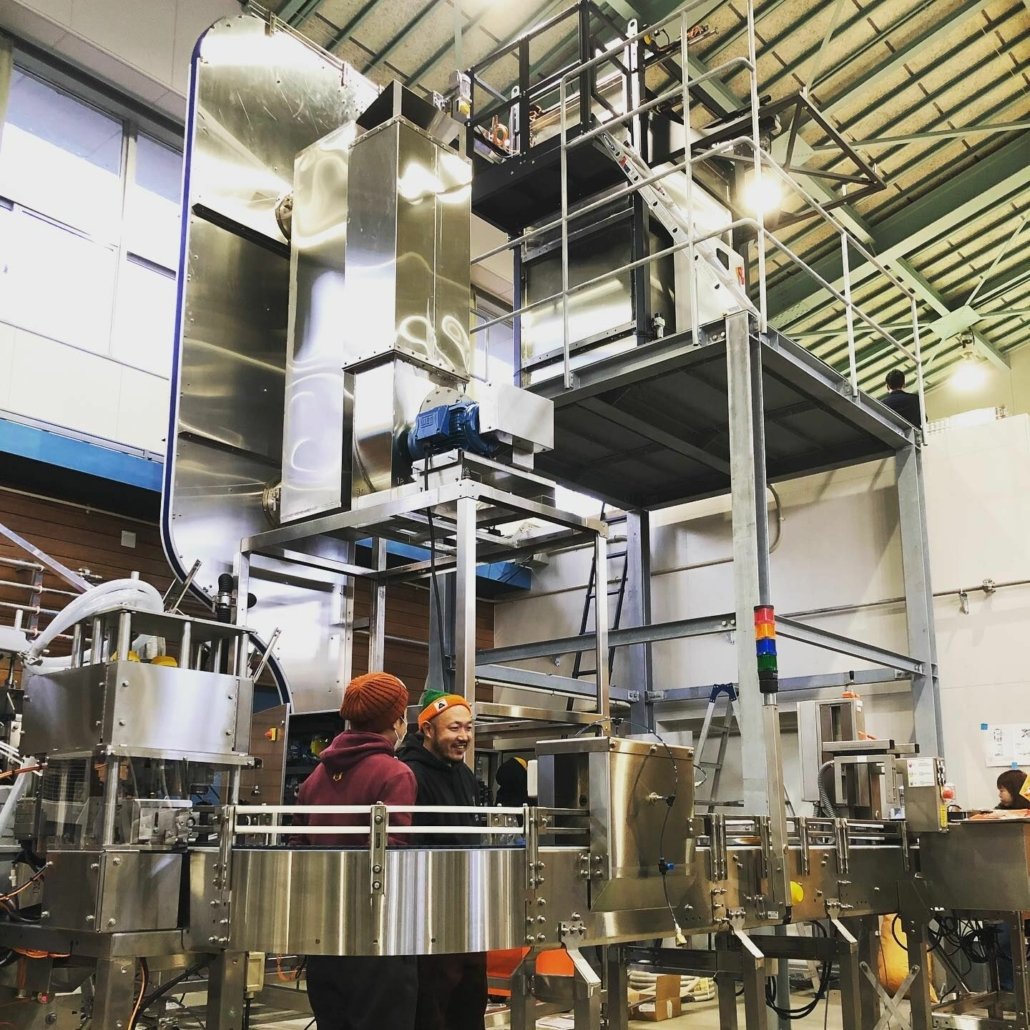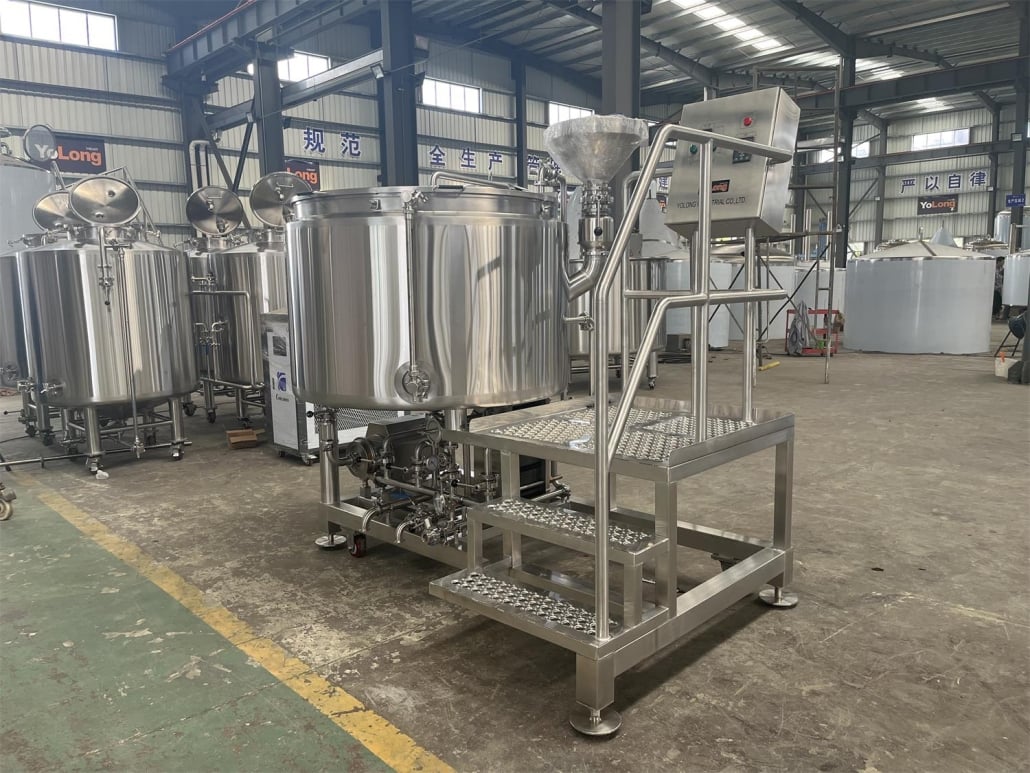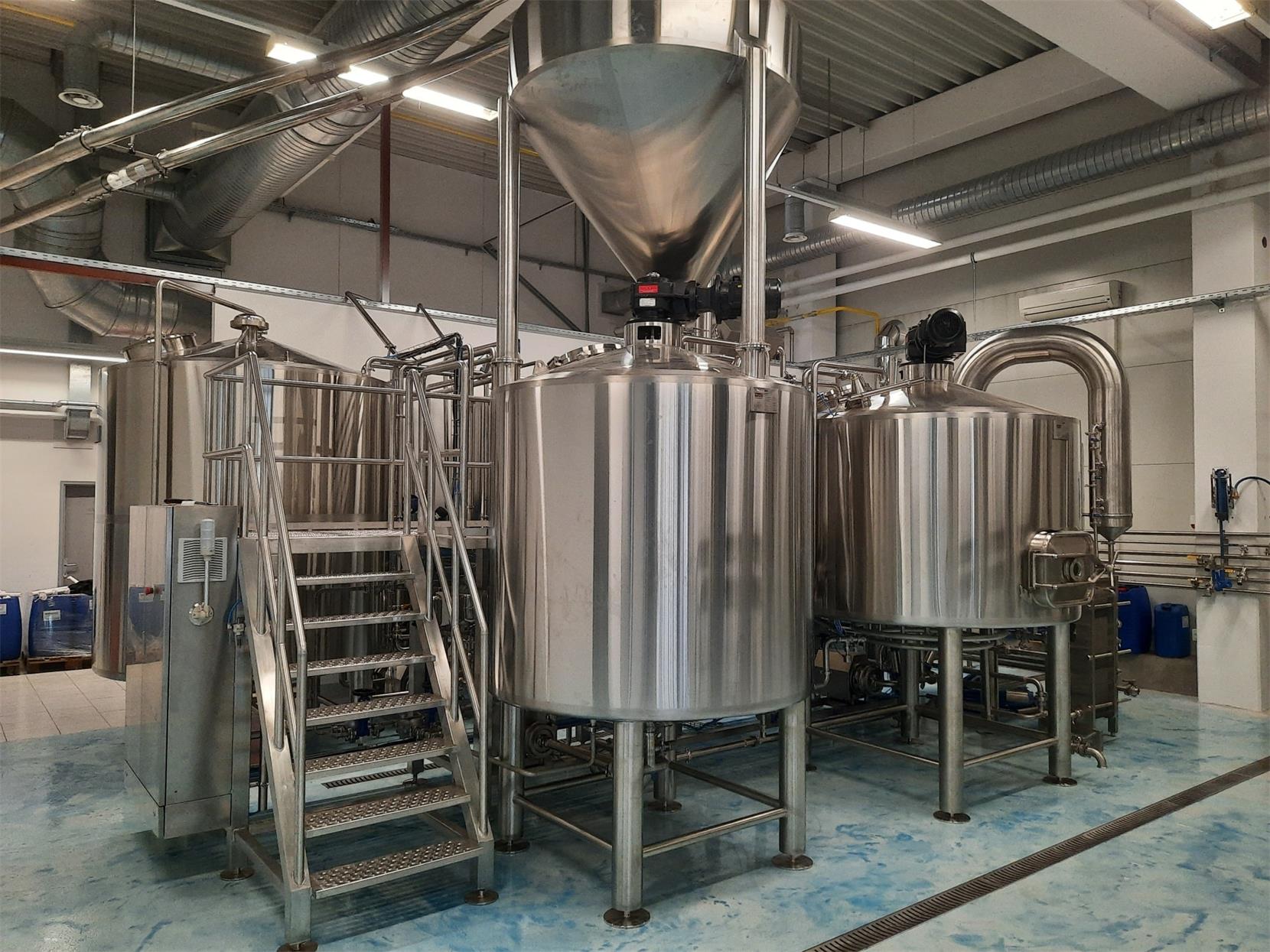Stainless Fermentation Tank
Stainless fermentation tanks are the unsung heroes behind some of our favorite beverages—beer, wine, cider, kombucha, and more. If you’re diving into the world of fermentation, you’ll quickly realize why stainless steel is the go-to material for tanks. It’s durable, non-reactive, easy to clean, and aesthetically sleek. Whether you’re a home brewer, a small-scale producer, or managing a full-blown brewery, understanding the ins and outs of stainless fermentation tanks is key to producing high-quality fermented products.
Let’s dive into the fascinating world of stainless fermentation tanks, covering everything from design considerations to pricing, capacity, customization options, and more. By the end of this guide, you’ll feel like a fermentation tank expert.
What is a Stainless Fermentation Tank?
At its core, a stainless fermentation tank is a vessel used to ferment liquids. Fermentation is the magical process where yeast and bacteria convert sugars into alcohol, acids, and gases, transforming raw ingredients into flavorful, finished beverages. These tanks are made primarily from food-grade stainless steel (usually 304 or 316), chosen for its durability, hygiene, and ability to maintain a controlled environment.
Key Features of Stainless Fermentation Tanks
- Non-Reactive Surface: Stainless steel doesn’t interact with acidic or alcoholic liquids, ensuring the purity of your product.
- Durability: These tanks are built to last, withstanding pressure, heat, and wear over years of use.
- Easy Cleaning: Smooth surfaces and sanitary fittings make cleaning and sterilization a breeze.
- Temperature Control: Many tanks include built-in jackets or ports for cooling and heating.
- Customization Options: From size and shape to advanced features like pressure-rated lids, there’s a tank for every need.

Why Stainless Steel? Advantages of Stainless Fermentation Tanks
Imagine trying to ferment wine in a rusty barrel or a flimsy plastic bin—it doesn’t sound appealing, does it? Stainless steel is the gold standard for fermentation for good reason. Let’s break it down:
- Hygiene Matters
Stainless steel’s smooth surface resists scratches and crevices where bacteria could hide. With proper cleaning, these tanks provide a sterile environment for fermentation, ensuring the integrity of your product. - Durability and Longevity
Stainless fermentation tanks are built tough. Unlike glass or plastic, they won’t crack, warp, or degrade over time. They’re also resistant to corrosion, making them ideal for acidic beverages like wine or kombucha. - Temperature Control
Fermentation can be a finicky process. Too hot, and your yeast might throw a tantrum; too cold, and it might go dormant. Many stainless tanks include integrated cooling or heating jackets, giving you precise control over the fermentation environment. - Aesthetics and Professionalism
Stainless steel just looks…cool. It’s sleek, modern, and gives off a professional vibe. For commercial operations, this aesthetic appeals to customers and builds trust in your brand. - Cost-Effective in the Long Run
Sure, stainless tanks might cost more upfront compared to plastic or glass alternatives. But their durability, reusability, and efficiency make them a smart investment for serious brewers or producers.
Types of Stainless Fermentation Tanks
Stainless fermentation tanks come in various shapes, sizes, and configurations, each tailored to specific needs. Here’s a handy breakdown:
| Type | Description | Use Case |
|---|---|---|
| Conical Fermenters | Feature a cone-shaped bottom for easy yeast and sediment removal. | Ideal for breweries and wineries looking for precision and efficiency. |
| Cylindrical Tanks | Straight-sided tanks for simpler designs. | Common in small-scale operations or home brewing setups. |
| Pressure Tanks | Designed to withstand internal pressure, allowing for carbonated fermentation. | Great for sparkling wines, beers, or kombucha where carbonation is key. |
| Stackable Tanks | Tanks designed to be stacked, saving floor space. | Useful in facilities with limited space but high production demands. |
| Jacketed Tanks | Tanks with cooling or heating jackets for precise temperature control. | Essential for products requiring consistent fermentation temperatures, such as lagers or cold brews. |
How Stainless Fermentation Tanks Work
Fermentation tanks operate as controlled environments where yeast and bacteria perform their magic. A typical stainless tank is equipped with several features:
- Inlet and Outlet Ports: For adding ingredients and draining liquids.
- Temperature Control Ports: To manage cooling or heating.
- Pressure Release Valves: Ensuring safe fermentation for carbonated beverages.
- Sanitary Valves: For easy cleaning and sampling.
- Airlocks or Seals: Preventing unwanted air or contaminants from entering.
The process starts with loading the tank with your base liquid (e.g., grape juice, wort, or tea). Yeast or bacteria is introduced, and the mixture is left to ferment under controlled conditions. After fermentation, the tank design allows easy transfer of the finished product while leaving behind sediment.
Capacity, Space, and Design Considerations
Choosing the right stainless fermentation tank involves balancing capacity, available space, and design preferences. Here’s what you need to consider:
| Parameter | Details |
|---|---|
| Capacity | Tanks range from 5 gallons for hobbyists to 100,000 gallons for commercial use. Choose based on production volume and scalability. |
| Space Requirements | Measure your space carefully. Don’t forget to account for height if using stackable or tall conical tanks. |
| Design Features | Opt for features like conical bottoms, pressure ratings, or insulation jackets depending on your specific fermentation needs. |
| Material Quality | Look for tanks made of 304 or 316 stainless steel. Higher grades are more corrosion-resistant but may increase cost. |
| Customization | Many suppliers offer custom designs tailored to your specifications, such as additional ports, integrated sensors, or custom finishes. |
How to Choose the Right Supplier
Selecting a reliable supplier is as crucial as choosing the tank itself. Here are the factors to keep in mind:
| Criteria | Details |
|---|---|
| Reputation | Look for established manufacturers with positive customer reviews and proven expertise in fermentation equipment. |
| Customization Options | Choose suppliers that offer customizations, ensuring the tank meets your specific needs. |
| Price Range | Get multiple quotes and compare pricing for similar specifications. Avoid going too cheap, as quality might be compromised. |
| Warranty and Support | Ensure the supplier offers a solid warranty and post-purchase support for maintenance and repairs. |
| Lead Times | Confirm delivery timelines, especially if you’re working within tight deadlines. |
Installation, Operation, and Maintenance
Setting up and maintaining your stainless fermentation tank involves several steps:
- Installation:
Position the tank in a clean, level area. Ensure access to utilities like water and power for temperature control systems. - Operation:
Follow the manufacturer’s guidelines for loading, fermenting, and transferring products. Monitor fermentation progress using integrated gauges and sensors. - Maintenance:
Regularly clean the tank using non-abrasive cleaners. Inspect seals, valves, and connections for wear and tear. Periodically service temperature control systems.
| Task | Frequency | Details |
|---|---|---|
| Cleaning | After every batch | Use food-safe cleaning solutions to prevent contamination. |
| Inspection | Monthly | Check for leaks, cracks, or signs of corrosion. |
| Temperature System | Quarterly | Service cooling/heating systems to maintain efficiency. |
| Valve Replacement | Annually (or as needed) | Replace worn-out valves or gaskets to maintain airtight seals. |

FAQ
| Question | Answer |
|---|---|
| Why are stainless tanks better than plastic? | Stainless steel is more durable, hygienic, and offers better temperature control. Plastic can degrade over time and may absorb flavors or odors. |
| Can I use a stainless tank for kombucha? | Absolutely! Stainless steel tanks are ideal for kombucha due to their non-reactive nature and ability to maintain consistent fermentation temperatures. |
| How much does a stainless fermentation tank cost? | Prices range from $200 for small tanks to $50,000+ for large, custom commercial tanks. |
| Are these tanks easy to clean? | Yes, stainless steel tanks are designed for easy cleaning with smooth surfaces and sanitary fittings. |
| What’s the difference between 304 and 316 stainless steel? | 316 stainless steel is more resistant to corrosion, especially from salty or acidic environments, but it’s also more expensive than 304 stainless steel. |
Share this entry
Interested in learning more about Brewing Systems including additional details and pricing information? Please use the form below to contact us!
YOLONG BREWERY EQUIPMENT FAQS
- Commercial Brewery / Craft Brewery / Microbrewery / Nanobrewery
- What is The Difference Between Craft Beer and Industrial Beer?
- The Bespoke Differences In Custom Brewing Systems
- Everything You Need to Know About Kettle Souring
- How to Choose Brewing Equipment for Your business?
- How To Choose The-Best Partner To Build Your Commercial Microbrewing System?
- Two Detection Sensors That You Need To Use In Your Brewhouse System
- Remote Control Applications in Brewing Equipment/How does it work?
- How To Clean Your Brand New Brewery Tanks?

